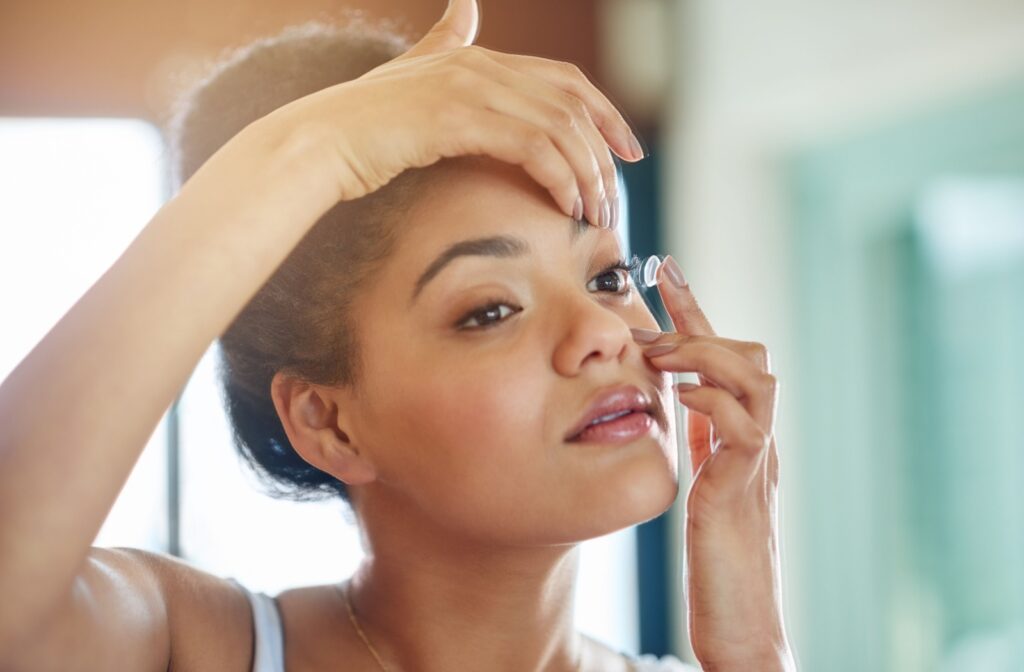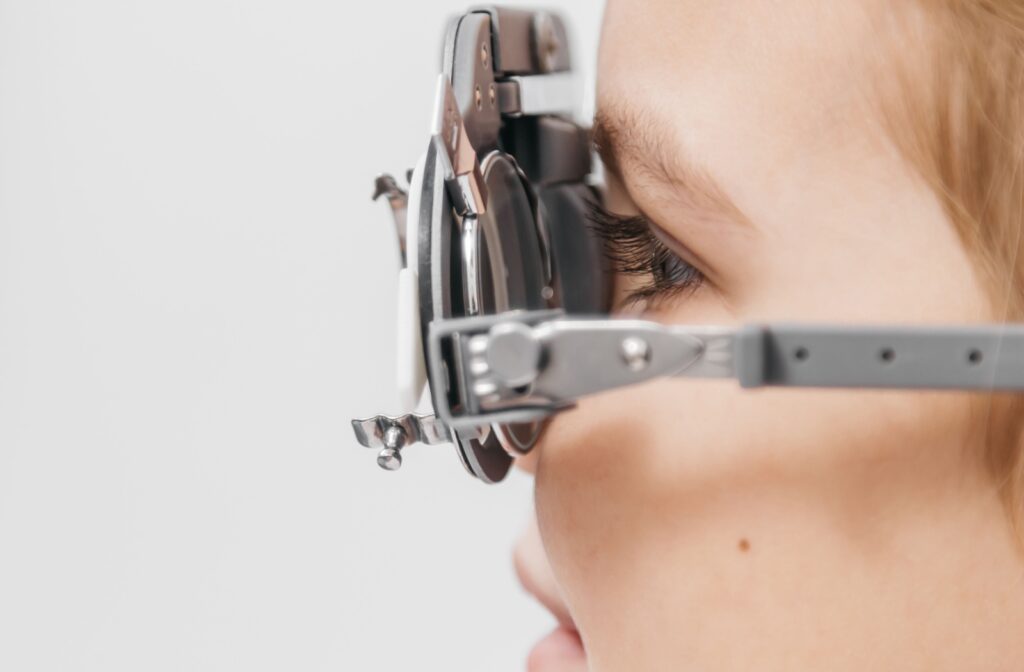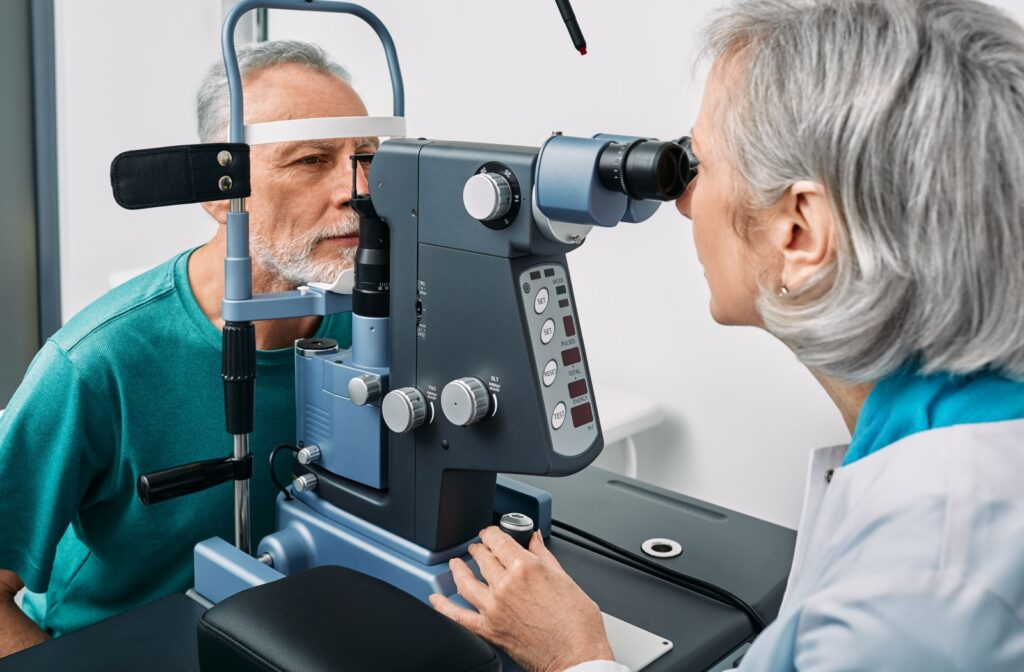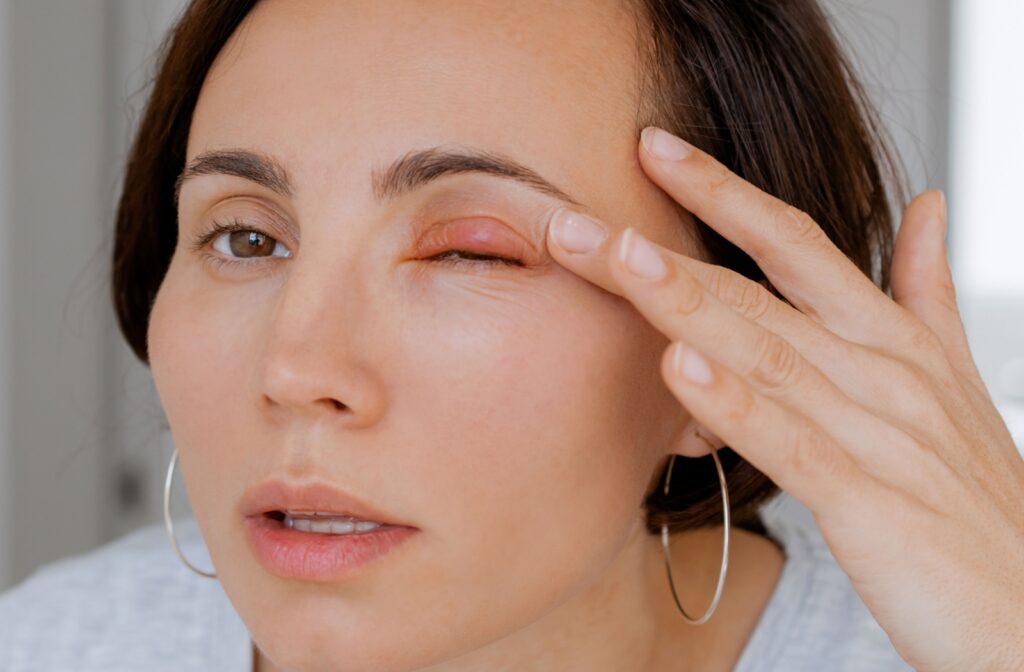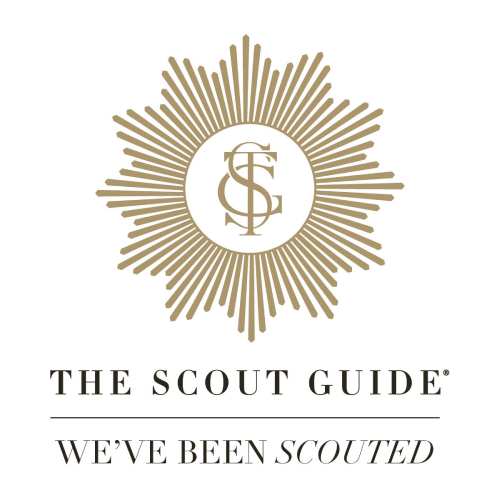Specialty contact lenses help with unique vision needs. Types include scleral, GP, hybrid, multifocal, custom soft, and Ortho-K lenses. They improve vision, comfort, and fit, and may slow myopia in kids. Ideal for irregular corneas, high prescriptions, or dissatisfaction with standard lenses. […]
Read More… from Specialty Contact Lenses: Types, Benefits, and Who’s a Candidate?


